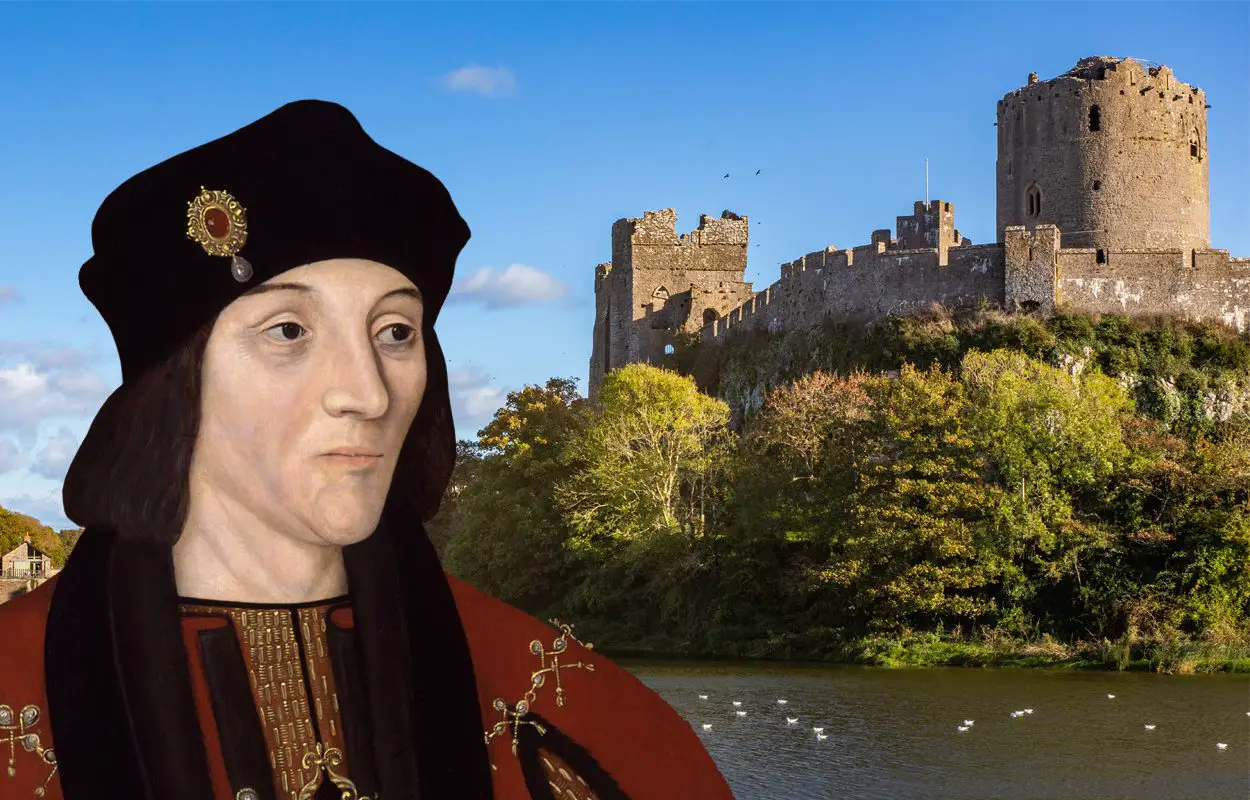Archaeologists from the Dyfed Archaeological Trust may have discovered the possible birthplace of King Henry VII at Pembroke Castle in Pembrokeshire, Wales.
Pembroke Castle was founded during the 11th century by Roger de Montgomerie, the 1st Earl of Shrewsbury.
In 1452, Jasper Tudor was presented both the castle and the earldom by his half-brother, King Henry VI. In 1457, Henry VII was born at the castle, the only child of Lady Margaret Beaufort and Edmund Tudor, 1st Earl of Richmond.
Following Edward IV’s ascension to the throne in 1471, Henry VII endured 14 years of exile in Brittany. He eventually claimed the throne after his forces, with backing from France, Scotland, and Wales, emerged victorious over Richard III at the Battle of Bosworth Field, marking the climax of the Wars of the Roses.
Henry VII’s reign is credited with many administrative, economic, and tax reforms, having ruled for nearly 24 years until his death in 1509 at the age of 52. Henry VII was succeed by his second son, Henry, Duke of York, who ascended to the crown as Henry VIII.
Historians have long assumed that a 13th century tower on the outer ward (known today as Henry VII Tower) was the birth place of Henry VII. However, a recent study by the Dyfed Archaeological Trust has uncovered evidence of a late-medieval winged hall-house, broadly dating to the 15th century.
The walls of the structure extend to around 25 metres, with comparisons being drawn to medieval buildings found in England and East Wales, such as Penallt Mansion in Kidwelly. Historically, Pembroke Castle was situated in the English-speaking portion of Pembrokeshire, often referred to as “Little England beyond Wales.”
Speaking to the Western Telegraph, Neil Ludlow, a consultant to Pembroke Castle, said: “All our indications are pointing to a late-medieval building which was clearly of high status within Pembrokeshire, and it looks as if it was at least two-storeys, which possibly makes it a better candidate for the birthplace of a king rather that the tower that currently bears his name.”





